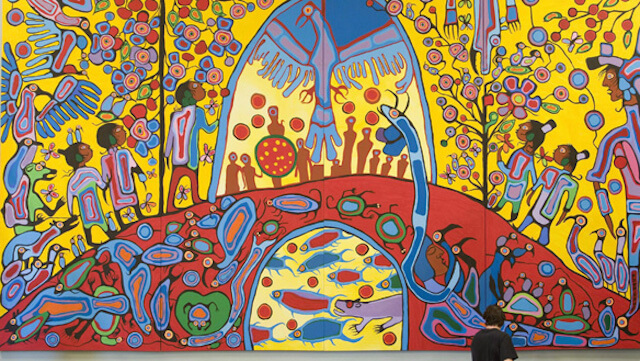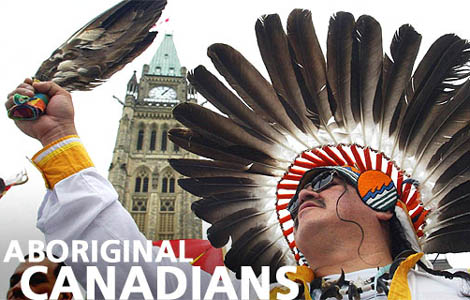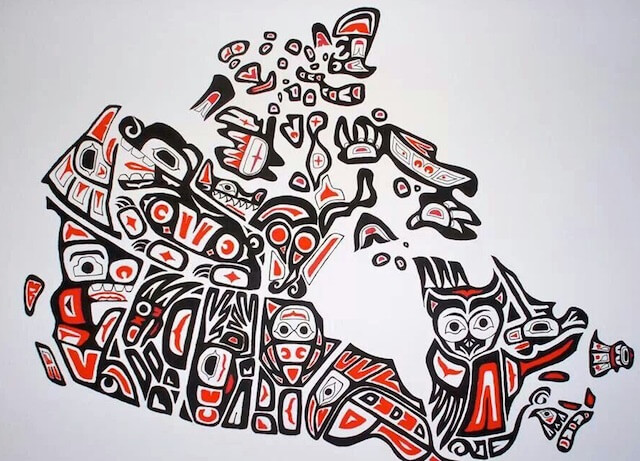When Europeans first arrived, Canada had an indigenous
population estimated at 200,000. In 1986 the Canadian
single-origin aboriginal population numbered 373,260. In 1990
there were 598 separate Indian bands located on or having
access to 2,284 reserves.
The office of superintendent for Indian affairs in Canada was
first established by the British in 1755. In 1860 control of
Indian affairs passed to the Canadian government, and in 1880
a Department of Indian Affairs was established, now a part of
the Department of Indian Affairs and Northern Development. The
primary function of the department is to aid in maintenance of
the bands and to encourage full and free participation in
national affairs. All effective Indian legislation in Canada
is contained in the Indian Act of 1951. All Indians are
citizens of Canada; are free to elect band chiefs and
councils; may leave reserves at any time; and may participate,
with representatives of the department, in running their own
social and economic affairs.
About 35% of Canada's Indians live in urban centers:
Vancouver, Winnipeg, and Toronto each have Indian populations
of more than 20,000. Many of these are "nonstatus" people who
suffer the same effects of economic and social poverty
characteristic of U.S. urban Indian communities.

Canadian Indians historically have faced strong assimilatory
pressure, which many are now resisting. Tens of thousands of
"nonstatus" Indians have no significant land with which to
affiliate and are seeking redress of their early land losses.
A threatened incursion onto land claimed by the Mohawk Indians
near Montreal brought a 7-week confrontation between the
Indians and Canadian authorities in 1990 prior to settlement
of the dispute in favor of the Indians. Throughout the
northern reaches of Canada, hydroelectric power development
and the search for and exploitation of mineral resources have
threatened some native peoples with displacement.
In Canada native peoples legally defined as Indians are known
as "status" Indians (those who belong to a band with a treaty
with the government or those registered Indians outside treaty
areas); all are granted equal benefits and privileges from the
federal government. "Nonstatus" Indians are those who have
lost their legal status. People in these categories may or may
not be of unmixed Indian ancestry. The 1982 Constitution Act
defines the aboriginal population as Indian, Inuit, and Metis
(mixed), but because of past historical and legal differences,
they do not share equal rights. Generally, no continuing Metis
rights are recognized under federal law.

 Return to Indigenous Peoples' Literature
Return to Indigenous Peoples' Literature
Compiled by: Glenn
Welker
ghwelker@gmx.com
Copyright
@ 1993-2016
This page last updated 05/26/2019 21:13:56
This
site has been accessed 10,000,000 times since February
8, 1996.




